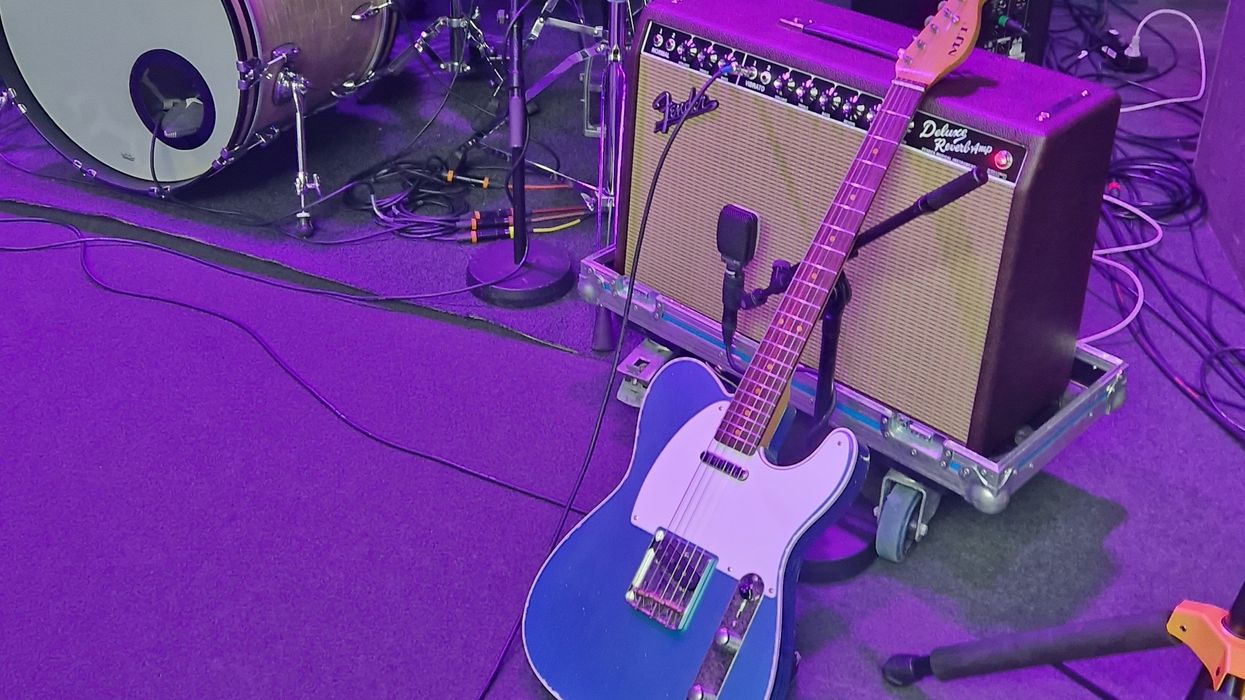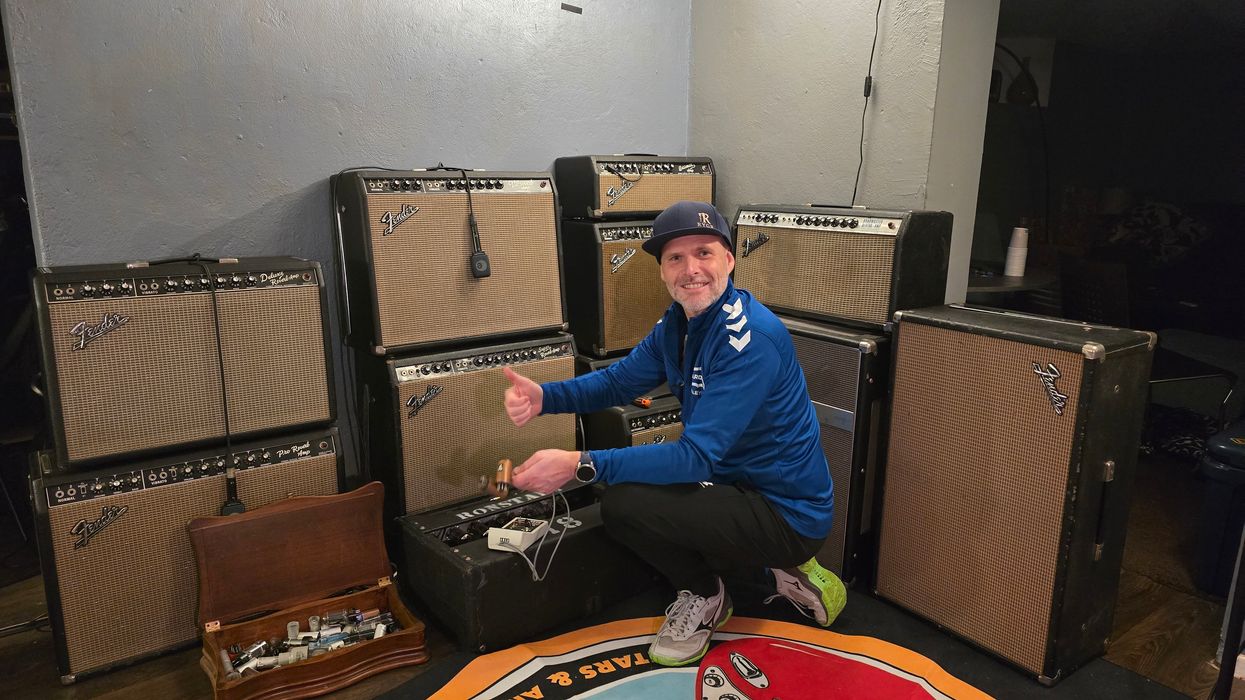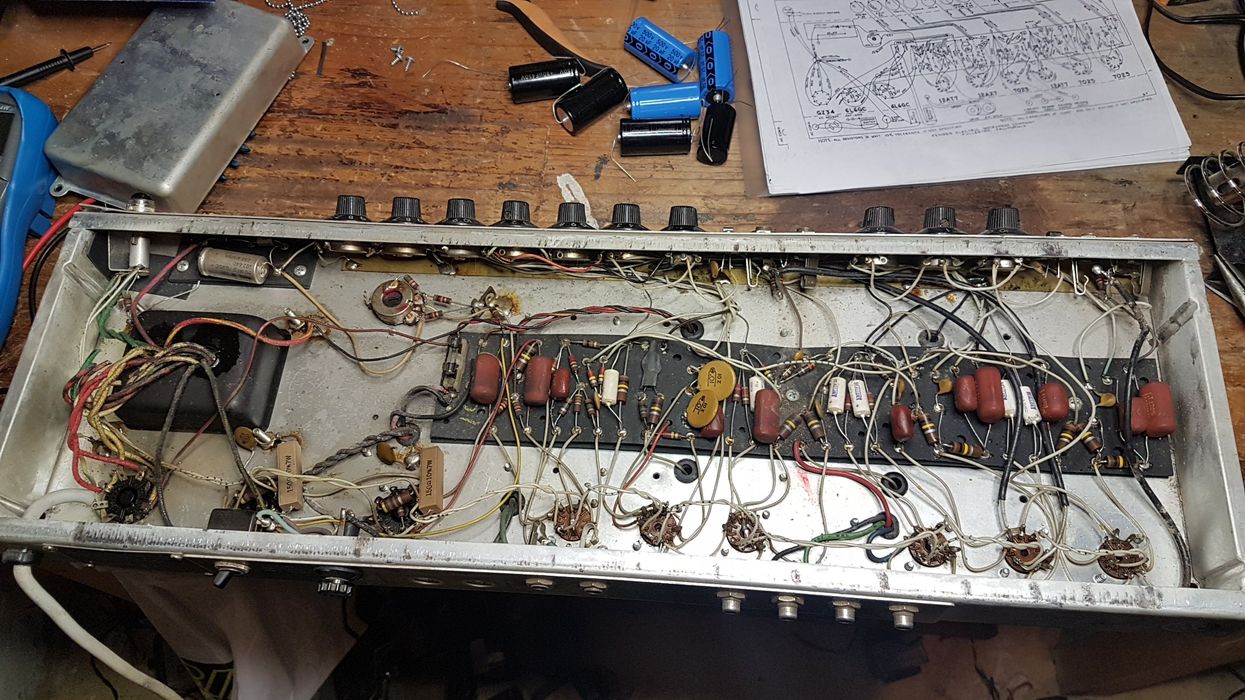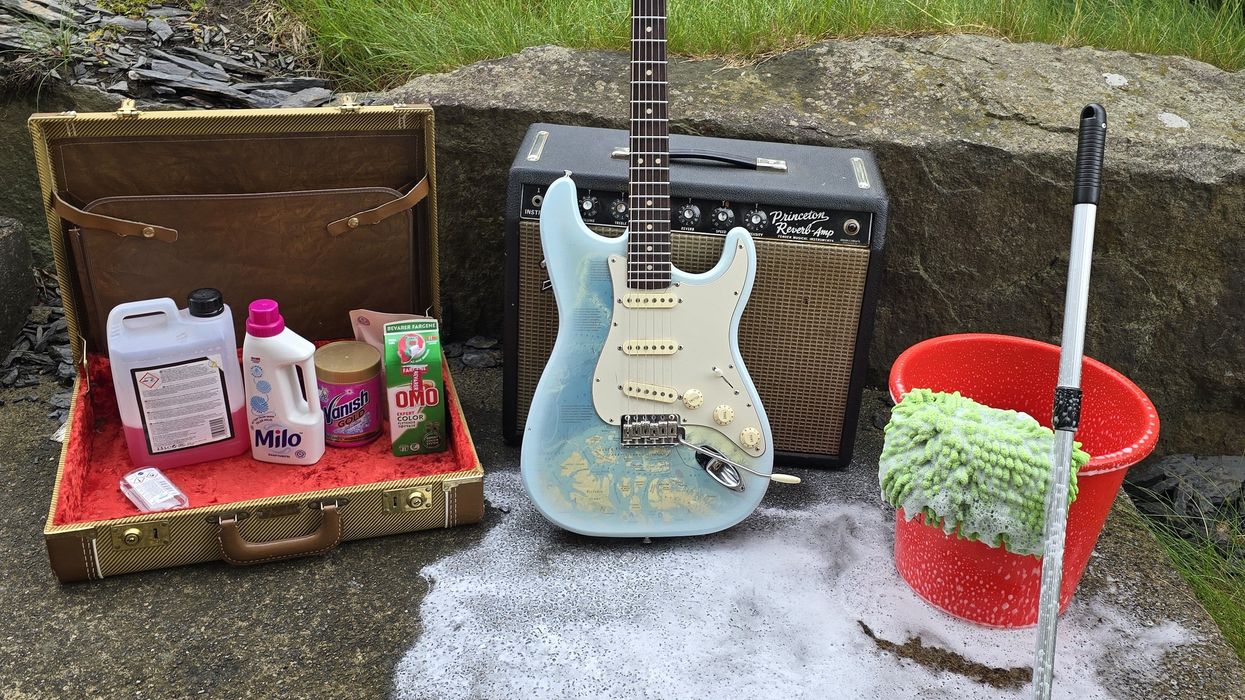I am extremely loyal to vintage Fender amps. I love their clean and transparent tones, and how their simplicity makes for amplifiers that are not only collectable but serviceable. I do play other guitars and amps besides Fenders, although I have to admit that I always measure them against the brand and often try dialing them to a sound as close as possible to Fender tone. But this month I want to share a story about a Fender-inspired amp that I love: the Victoria Victorilux.
Victoria has had great success with their point-to-point-wired amps based on classic designs—with a twist. Their long customer list of influential musicians and weekend players proves they’ve done something right. Who doesn’t want a new, robust, high-quality amp that looks and sounds vintage?
My love of the Victorilux started in 2011, when I got to try one for the first time. It was my brother’s, and he showed me a long email thread with company founder Mark Baier discussing different speaker and tube options. I was impressed. My brother’s amp was a 3x10 combo loaded with Jensen P10R speakers. It had dual 6L6GC power tubes and a 230V power transformer. Other speaker configurations were also offered by the company including 2x10, 2x12, and 1x15. Today, Victoria offers Eminence speakers instead of Jensens, according to the company’s website. I really like Eminence Legend 1058 10s and Legend 1518 15s because of their full tone and ability to handle high power without losing touch-sensitivity.
I describe the Victorilux as a Fender-black-panel-style amp in a tweed enclosure with brown-panel charm.
I describe the Victorilux as a Fender-black-panel-style amp in a tweed enclosure with brown-panel charm. As with Fender tweed amps, the chassis is placed vertically in the cabinet, which is robustly constructed with finger-jointed solid pine. The speaker baffle board is Baltic plywood. The controls consist of two 1/4" inputs, volume, treble, mid, bass, reverb, and speed and intensity for the tremolo. With just a single channel, there are fewer things that can fail. The circuit component layout is tidy and takes no shortcuts, and everything is coupled and fitted tightly.
For me, the Victorilux was love at first sight. And that deepened when I heard it. I expected the amp to sound something like a Super Reverb: good and clean. But I was surprised by how fine it sounded at low volumes. It had a sparkling clean-yet-lush-and-warm voice even at the quietest bedroom levels. The EQ spectrum seemed wider than I was used to with older Fender amps—especially for the mid control. I have seen a few Victoriluxes without mid knobs, and I strongly recommend trying one with mid control, since that dial can change the amp’s character between a mid-based British voice and an American scooped tone. With the mid knob set high, the Victorilux starts breaking up surprisingly soon for a dual 6L6GC amp. Lowering the mids will take you back into Fender-black-panel land.
At that first meeting, I was quickly able to dial in a nice tone—as can be done with a vintage Fender. But when I turned up the volume, it didn’t sound Fender black-panel at all. The amp broke up earlier and was more aggressive, with more sag and compression—thanks to the Victorilux’s cathode bias design, which reduces clean headroom. I guess Baier was inspired by the early breakup characteristics of small Fender tweed amps when he chose cathode bias for the relatively high-powered Victorilux. Cathode bias is a less efficient power-amp design compared to fixed bias. All black-panel-era amps and the bigger tweed amps had fixed bias, to maximize clean headroom.
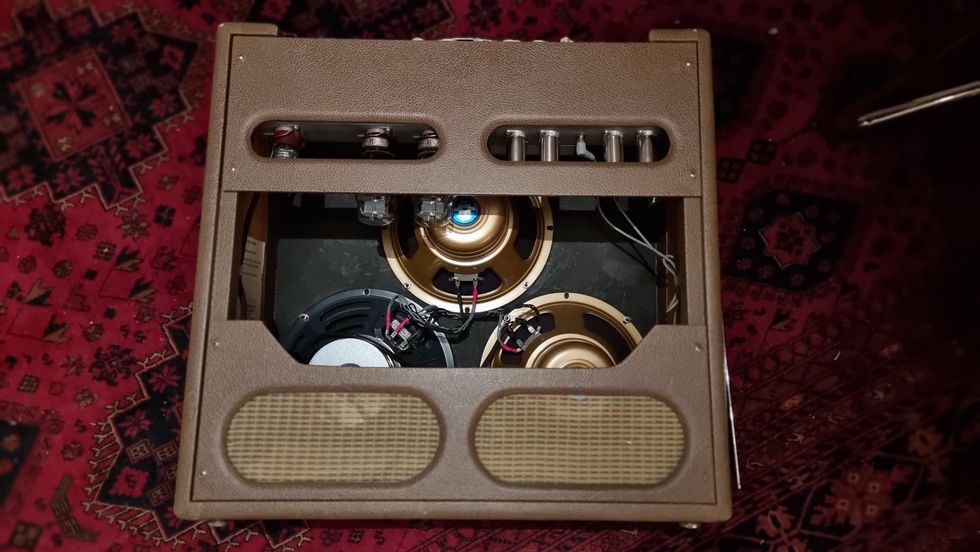
The original Jensen speakers in this amp have been replaced with a trio of Webers for a more powerful and chunky sound, with firm, well-defined bass response.
I also expected the reverb to be lush, but I particularly liked the smooth and gradual knob response. The tremolo could nicely sweep deep and slow or very fast. To summarize, I found the Victorilux to be a brilliantly designed amp that contains the best inspirations from Fender’s tweed and black-panel eras.
I later tried a set of Weber speakers in the amp: two alnico 10A150s in the bottom row and a 10A125 on top. That made it much more powerful and chunky, with firm, well-defined bass response. For those who play in power trios with a loud drummer, I recommend this speaker setup. You will fill the stage completely with massive guitar tone. Those are my favorite Webers, though the ceramic 10F150 or 10F125 will also do the job.
I hope my experience will encourage the vintage Fender fellowship to try out various amp brands. There are ambitious alternatives out there, and my experience with the Victorilux proves that classic tone can be crafted using well-built modern amps.


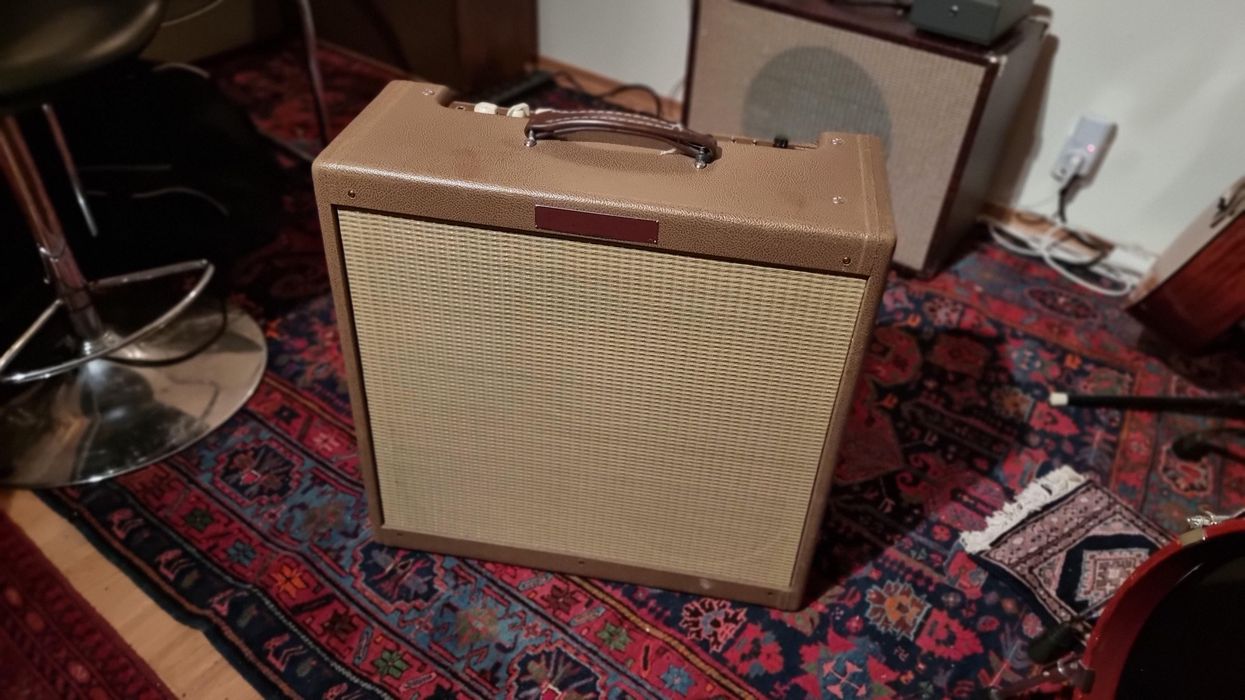



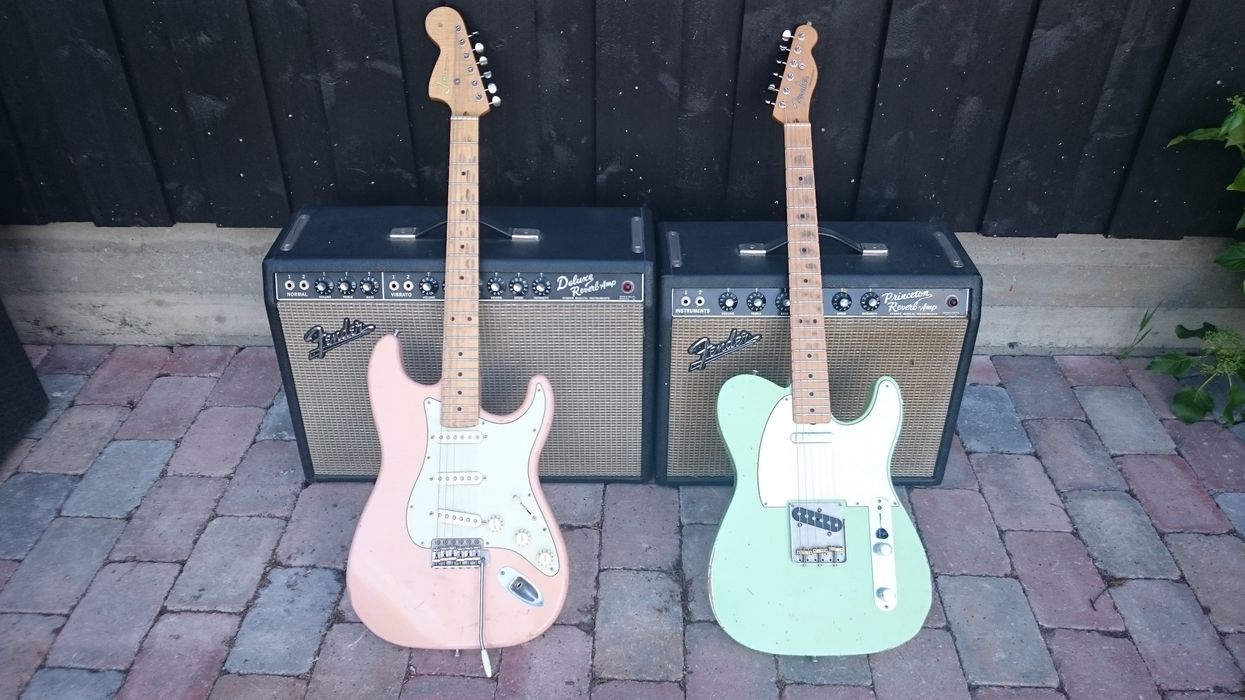
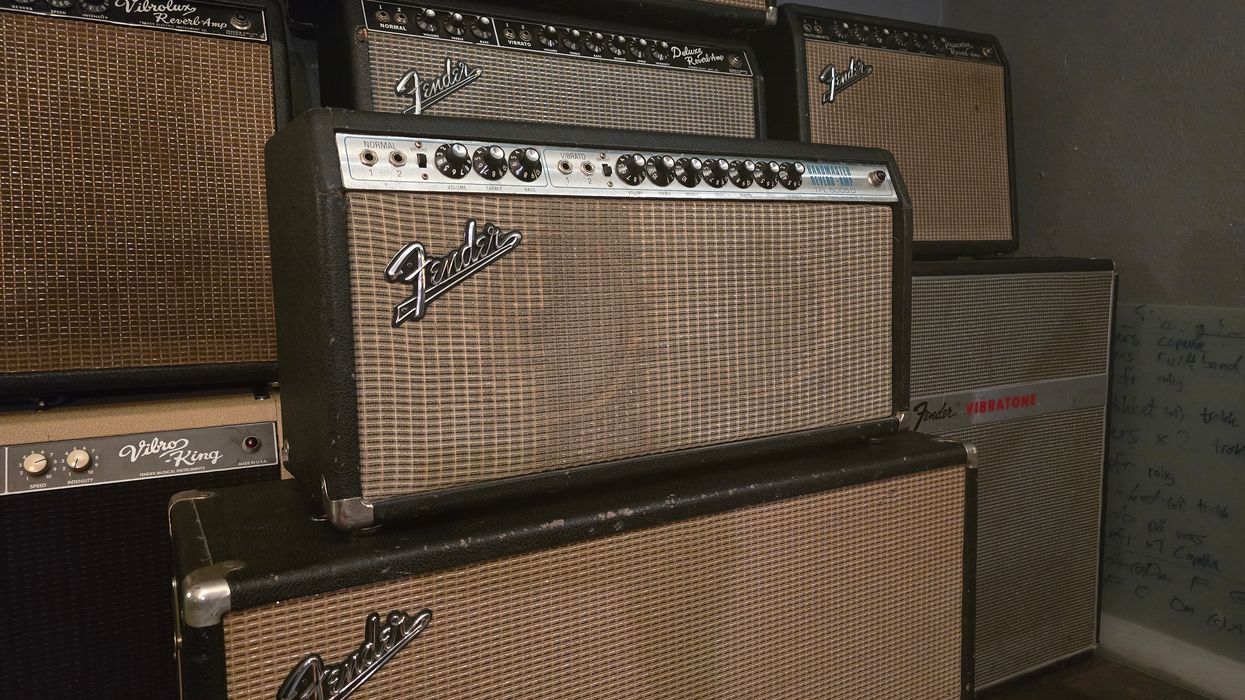
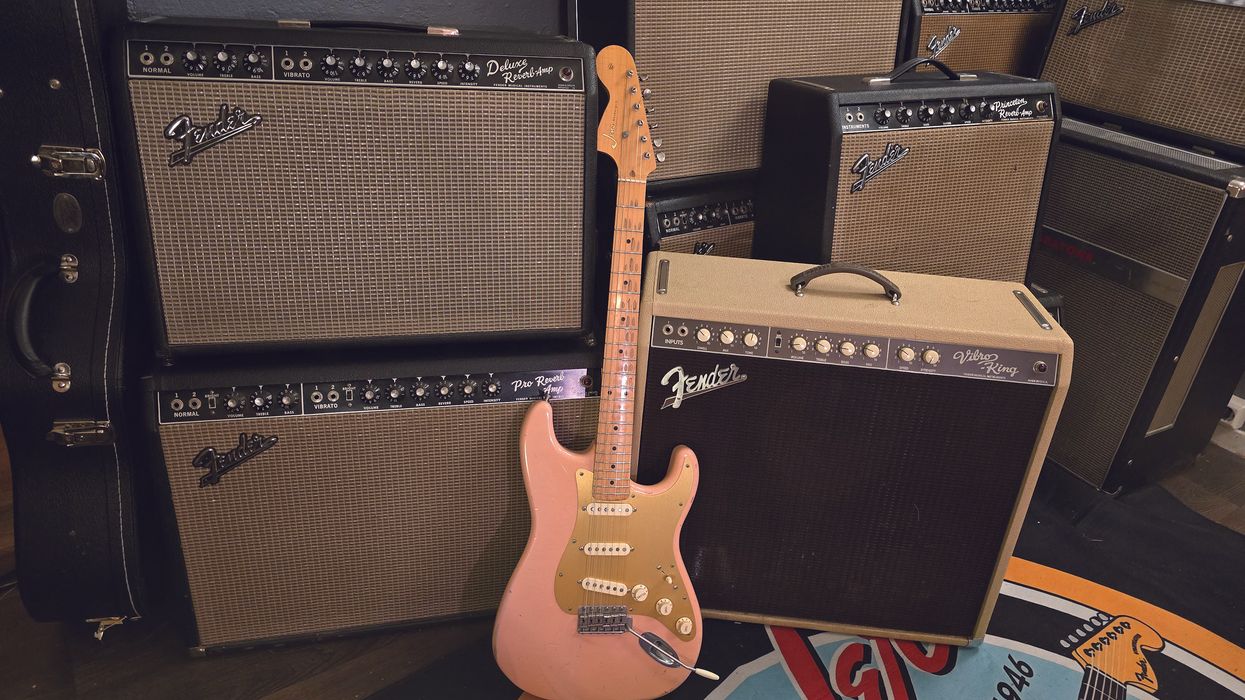
![Rig Rundown: Russian Circles’ Mike Sullivan [2025]](https://www.premierguitar.com/media-library/youtube.jpg?id=62303631&width=1245&height=700&quality=70&coordinates=0%2C0%2C0%2C0)





